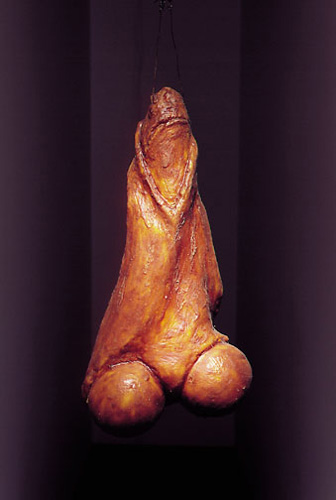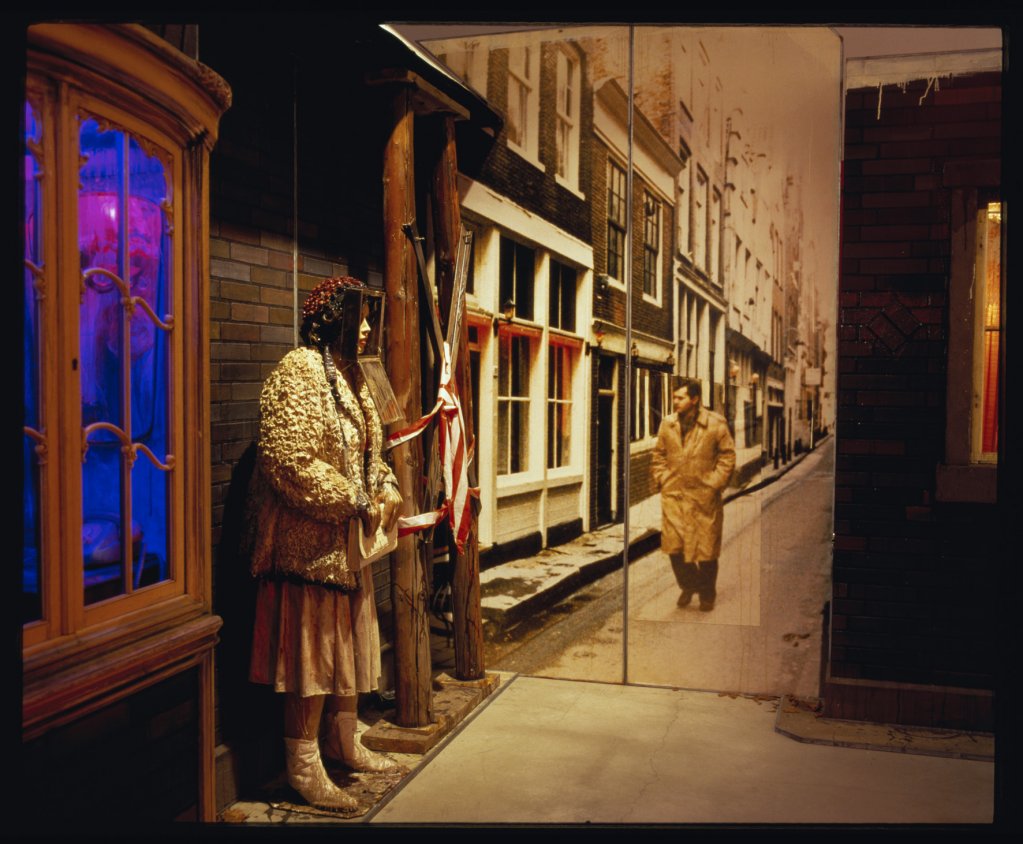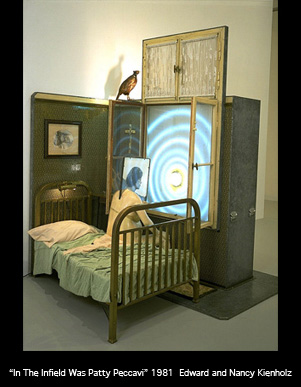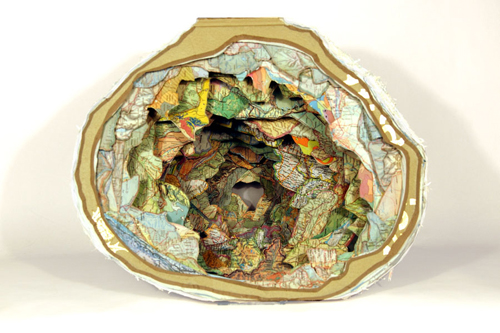I enjoyed the film a lot. I thought it had a fun way, an honest way of depicting each artist in its feature. My favorite part was when Jeff Koons was questioned about his work, and whether he sculpted or not. Overall, the film was informative, covered a lot of topics and artists and further expanded my experience into the world of art world.
Featured Artists:
James Turrell
Jeff Koons
Louise Bourgeoise
Donald Judd
Richard Sierra
James Rosenquist
Just to name a few....
For the Assignment: Ed and Nancy Keinholz
*Edward used found objects; materials he would find in a alley, a trashcan, or even a flea market. He used these materials to confront the viewers with questions of human existence, and inhumanity in the twentieth-century. By showing the inhumanity that has happened not only recently but in years past shows the historical context that's implied, while presenting it in a contemporary setting.
*I think they show there meaning by how they're represented in the piece itself. For example, one of the pieces uses a bullet, which is housed in a cut-out of a cross. The meaning I interpreted was that there is inhumanity in everything. It's also ironic in a lot of ways, especially for this piece because many religions are opposed to violence, and murder. But from what I gather, the bullets meaning isn't a peaceful one, but rather an omen that even when we feel safe with what we believe, something can always happen because we, as a people, can be unpredictable.

Edwards pieces are usually viewed in galleries or museums. But they're not placed in a boring room, the piece takes up the space usually, and creates it's own room in which to present its context. They are almost like mini stage pieces, parts of something you would see in a play on stage. Sometimes the have molded people, furniture, just about everything. Whichever way it's set up, each piece is set up to describe and show it's purpose for being there.
I think the site that the work is set up in really has no meaning until that meaning is created through the artwork itself. The context for which the piece was set up to show, gives it all the meaning it needs. Yet the meaning of the actual piece is always debatable, and subjective to each viewer who happens to pass by. I personally needed some more information in order to figure out what was actually being represented.















































